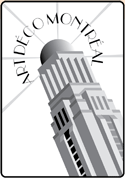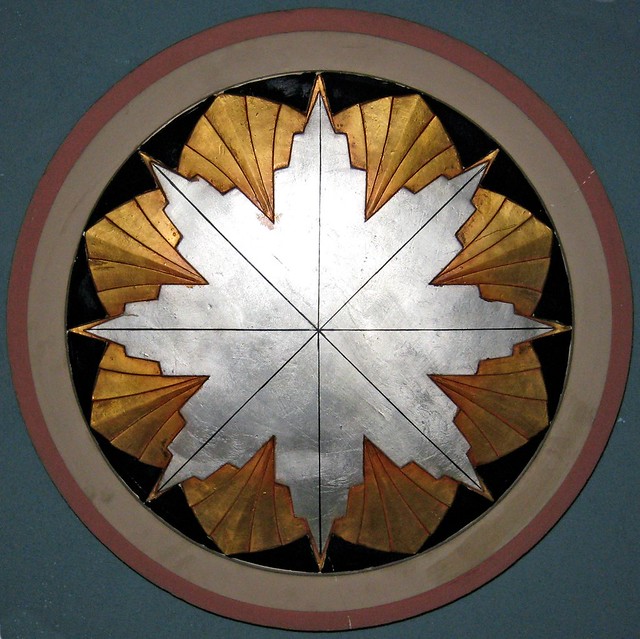| Biography |
Dane Lanken is a writer with a particular interest in architecture and architectural preservation. He was born in Montreal in 1945, and is a graduate of Montreal West High School. He was a reporter and critic at the Montreal Gazette, a feature writer for the Globe and Mail, and a long time writer and editor with Canadian Geographic magazine. His books include Montreal at the Crossroads (1975), Montreal Movie Palaces: Great theatres of the golden era 1888-1938 (1993), and Kate and Anna McGarrigle Songs and Stories (2007). Recently, he has taught journalism and writing at St. Lawrence College, Cornwall, Ontario. |
| Abstract |
The movies were invented in the 1890s, and experienced dramatic commercial success in the first years of the 20th century. By the early 1910s, substantial film theatres were built in Montreal (and virtually every other city in the world), with a peak in size and opulence around 1920.The decorative scheme of almost all movie theatres built in Montreal before the late 1920s was Classical or Adam-style. But in the late 1920s, other styles of decor began to appear, including garden settings and specific scenes like Spanish towns or Egyptian palaces. Art Deco soon joined this trend of experimentation. The Outremont, in 1929, showed Art Deco influences, the Chateau, in 1931, was a vast Art Deco barn. The Snowdon, Savoy and York, in the late 1930s, all exhibited Art Deco features as well.Of these theatres, the Outremont, Chateau and Snowdon are still standing and in fairly original condition. |








 Eaton’s 9e/The Other Ile de France
Eaton’s 9e/The Other Ile de France Ernest Cormier/Art Deco in the Library of Ernest Cormier
Ernest Cormier/Art Deco in the Library of Ernest Cormier
